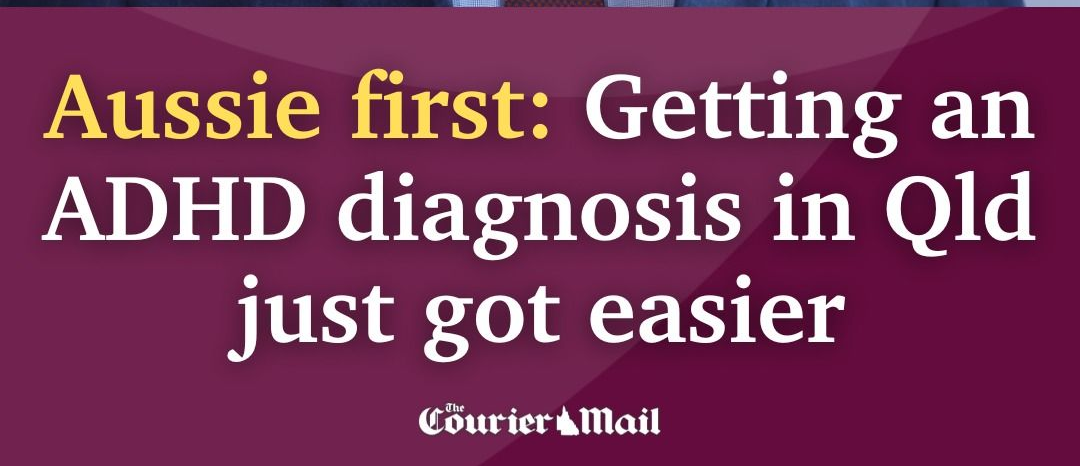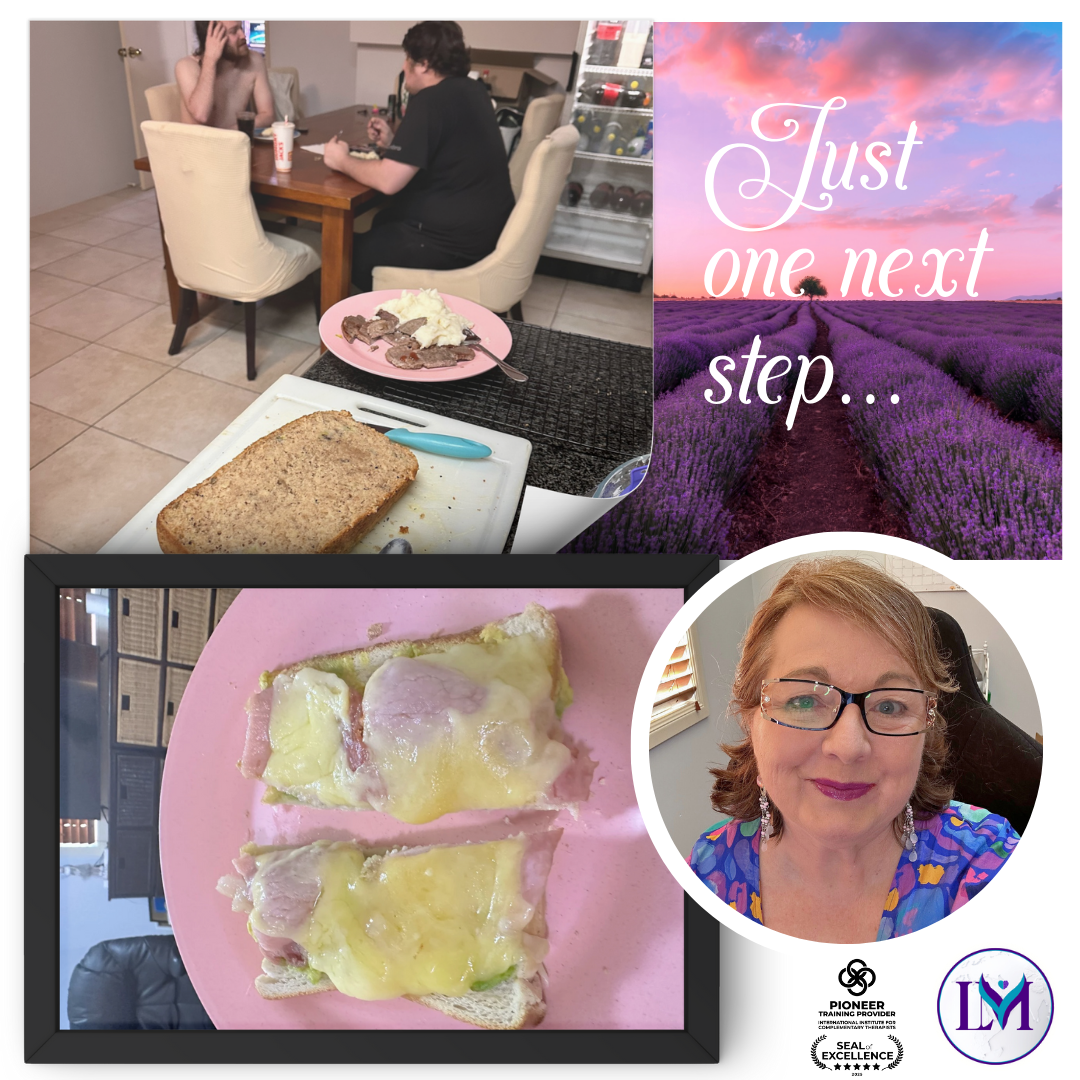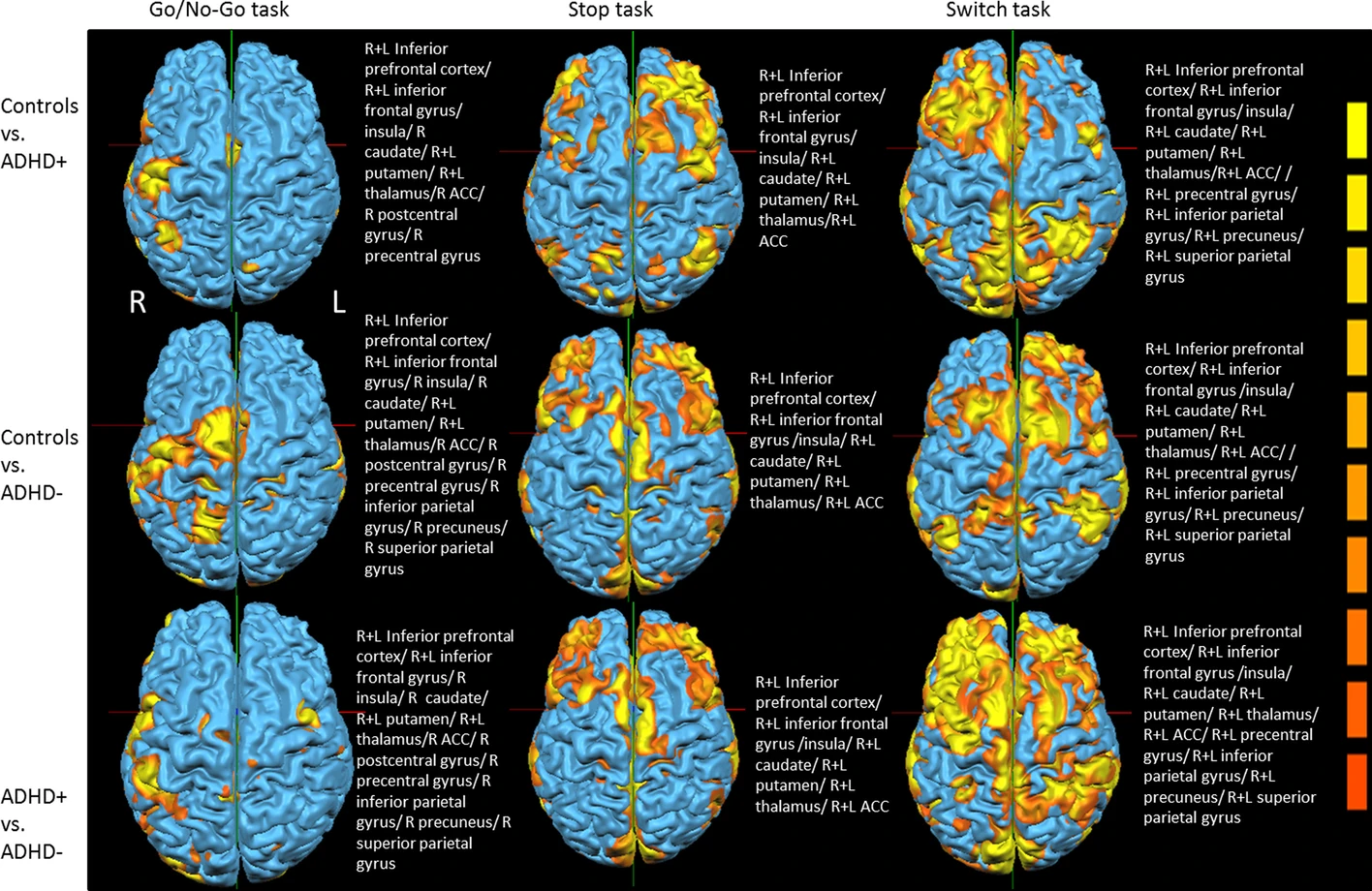🧠 What Does “Access” Mean in ADHD?
When we say, “The meds gave me access,” we’re not talking about motivation or mood.
We’re talking about neurological access — your brain’s actual ability to reach, hold, and use certain functions that were previously offline or unreliable.
🔹 Before Medication - Blocked Access
Without treatment, ADHD often creates “dead zones” in the brain’s executive functions.
That can look like:
🔄 Knowing what to do but not being able to start
🧩 Forgetting steps halfway through a task
🧠 Being unable to hold onto information long enough to use it (working memory crash)
🕳️ Staring at food and knowing you’re hungry — but nothing connects to action
📚 Reading, but the words don’t “stick” or make meaning
🔹 After Medication - Restored Access
When the brain has enough dopamine and norepinephrine (what Vyvanse supports), it can finally:
🚀 Initiate and sequence tasks
🔗 Hold a thought long enough to act on it
🧭 Move from idea → plan → follow-through
📖 Read and comprehend without the mental fog or glitch
🍳 Think “I could make that” and actually do it - because the brain can now follow through in real time
🧠 Access isn’t motivation.
It’s the neurochemical capacity to get the brain online enough to do what was always in you.
🧠 Is Motivation Part of Access?
Short answer: Yes - but not in the way most people think.
🔍 There Are Two Types of Motivation:
1. Emotional Motivation👉 “I want to do this.”
This comes from desire, values, interest — and is often intact in people with ADHD and CPtsd.
But emotional motivation alone isn’t enough if your brain can’t reach the gear to start.
2. Neurological Motivation (a.k.a. Activation)
👉 “My brain has the capacity to turn this thought into action.”
This is driven by:
- Dopamine availability (for reward and effort)
- Executive function (initiation, sequencing, persistence)
- Prefrontal cortex activation (decision-making, follow-through)
When people say “I just couldn’t,” they’re often talking about a lack of access to activation, not laziness or apathy.
🔄 Yes - Motivation Is Part of Access
But it's the brain’s ability to act on motivation that makes the difference.
Without access:
- You care, but can't act.
- You want, but feel frozen.
- You try, but stall before step one.
With access:- The brain can link motivation → action.
- It feels like you suddenly have “drive” or “clarity” - but really, it’s just the brain coming back online.
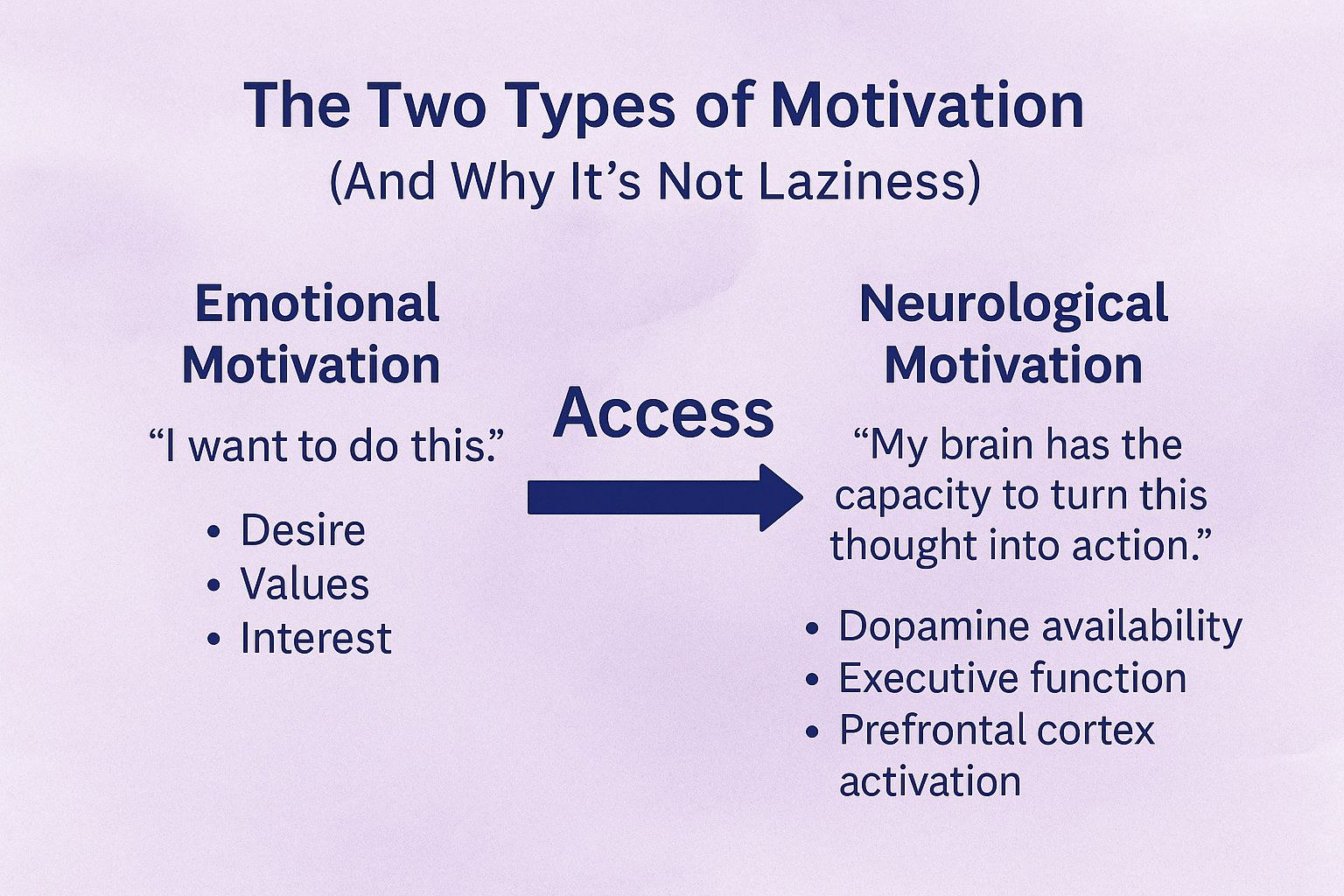
🧠 Why ADHD Makes It Hard to Access Certain Brain Functions
In ADHD, it's not that you don't care or aren't trying. The issue is that your brain can't consistently switch on or stay connected to the areas responsible for:
- Planning
- Holding information in your head (working memory)
- Managing time
- Starting things
- Following through
- Monitoring your own behaviour
What Gets in the Way?
1. Low dopamine levels
The ADHD brain doesn't regulate dopamine well. Dopamine helps with starting, focusing, and feeling satisfied when things are done. Without enough of it, your brain can’t “load the task” — like trying to open an app with no signal.
2. Slow or blocked activation
Neurotypical brains light up and get moving when something needs doing. ADHD brains often stall or freeze, especially with tasks that feel repetitive or emotionally flat. It's not a lack of will — it’s a lack of access in that moment.
3. Glitchy handover between brain networks
The brain uses different networks for thinking and doing. In ADHD, switching between them can lag or fail. That’s why you can think about doing something all day and still not be able to start.
4. Executive overload
Your prefrontal cortex acts like a project manager. In ADHD, that manager is often tired, distracted, or missing. Even basic things like getting dressed can involve too many micro-steps for your brain to juggle. The result is shutdown or overwhelm.
💡 What Makes a Difference?
Medication, support, and strategies don’t just boost focus. They help you access the brain functions that were always there - just out of reach.
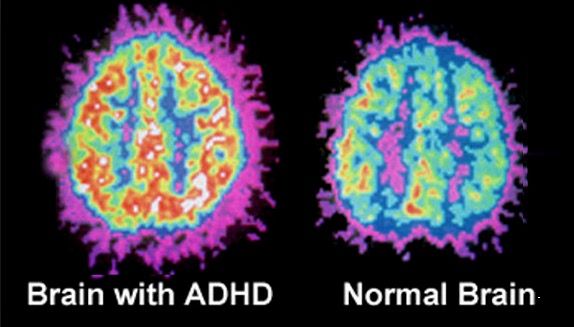
Can I treat it Naturally?
In the beginning, I focused on treating my brain naturally. I used a range of vitamins and brain-specific natural products, and at first it felt like they were helping. I noticed some small improvements - a bit more energy, occasional clarity - and I hoped that with time, the results would build. But as the months went on, I realised that the initial boost wasn't sustainable. The improvements didn't last, and the functional challenges remained. Now, after nine months on ADHD medication and seeing ongoing, real progress in how I think, focus, and follow through, I can clearly see that medication has offered support in ways the natural options couldn't. I'm also aware that my ADHD is hereditary - both of my sons have been diagnosed, my daughter is going for her diagnosis, and my granddaughter has early interventions already beginning - which has helped me understand that this is a brain-based condition, not a personal flaw or something I could overcome with effort alone.
Natural Options I've tried ~ They may work for you
Natural Stacks as a brand are brilliant. I used their
Dopamine and
Serotonin initially, and also bought some
GABA. I found the GABA put me to sleep, so I knew I wasn't lacking in that area. Over time, as stated, I didn't notice any increased benefit. It was like the time I took Duromine (a medication to aid weight loss) I really noticed a difference in concentration levels, but again, nothing that was ongoing or increasing my brains ability to function.
After approximately 6 months I changed things up and started taking
Carlyle DL-Phenylalanine | 1000mg and
Carlyle L Tyrosine Capsules 1000mg. I found these similar to the Natural Stacks, but a bit different too. It's hard to explain the difference when talking about the brain. I continued to take these for another 6 months too. Both brands helped me notice a change initially, but there was no sustained change, and no increase in the functions I needed.
Another brand I've used is
Olly. I order them from America as getting them locally, for me, in Australia isn't feasible. I use all different types from Olly, even for my granddaughter for good health, and they work for what I choose for my health. However, not for the ADHD.
The Key is to measure the time you use natural products for, and measure any differences over time.
You can also use the
ADHD ebooks in the Thriver Library to specifically strengthen and support with executive functions you may not have realised required help. For example, task switching was always a struggle for me until I worked through the
ADHD Executive Functions workbook ~ and discovered the specific skills behind it.
The Science
The Plain English for non Scientists ~
this brain image is from a 2021 study exploring functional brain differences in people with ADHD, focusing on what happens when someone with ADHD is medicated (ADHD+) vs not medicated (ADHD–), specifically looking at task-based activation in three areas:
- Go/No-Go task (inhibition/control)
- Stop task (response stopping)
- Switch task (cognitive flexibility)
🔍 What This Image ShowsThere are three rows and three task columns. Each coloured area shows how active different brain regions are during tasks requiring attention and control.
🧠 Row Key:
Row 1: Controls vs ADHD+
(Neurotypical no meds people compared to ADHD people on medication)
Row 2: Controls vs ADHD–
(Neurotypical no meds people compared to ADHD people not on medication)
Row 3: ADHD+ vs ADHD–
(Directly comparing medicated vs unmedicated ADHD brains)
🟡 What the Colours MeanThe brighter the colour (yellow to orange to red), the more the brain is activating those regions during the task.
- Blue = lower activity
- Red = high activity
- More orange/red = more “online” brain function
🧠 What It’s Saying - Plain English Summary
1. ADHD medication increases brain activation in key executive areas.
The ADHD+ group (medicated) shows more activation in the prefrontal cortex, ACC (attention control), and parietal areas (task shifting).
These are regions that are typically underactive in ADHD brains.
2. Unmedicated ADHD brains (ADHD–) show lower activation across all tasks.
Especially when it comes to switching tasks and inhibiting responses, unmedicated ADHD brains light up less than both healthy controls and the ADHD+ group.
3. Medicated brains look closer to neurotypical controls.
ADHD+ brains activate more like controls during tasks that require focus, flexibility, and inhibition.
This supports the idea that medication helps restore functional access to underactive brain regions.
💡 Where To From Here?
If you're reading this and thinking,
"That sounds like me… but I’ve never had that kind of support,"
- I want you to know this:
- Don’t stop looking.
- Not for answers.
- Not for the right practitioner.
- Not for the language that finally makes sense of your life.
It took me 14 years to get to this point - from struggling to stand without collapsing, to cooking multiple meals in a day and reading neuroscience again for the sheer joy of it.
None of that happened overnight.
- It wasn’t a mindset shift.
- It wasn’t willpower.
- It was access.
- It was finally getting the right diagnosis, the right support, and the right tools for my brain.
- So if your brain feels like it’s working against you, keep going.
- Keep asking questions.
- Keep being curious.
- There are answers — even if it takes time to find them.
And when you do…
- That first quiet moment of clarity?
- That first ordinary thing that finally feels possible again?
- That’s where the miracle begins.
Empty space, drag to resize
With Care,
Linda
